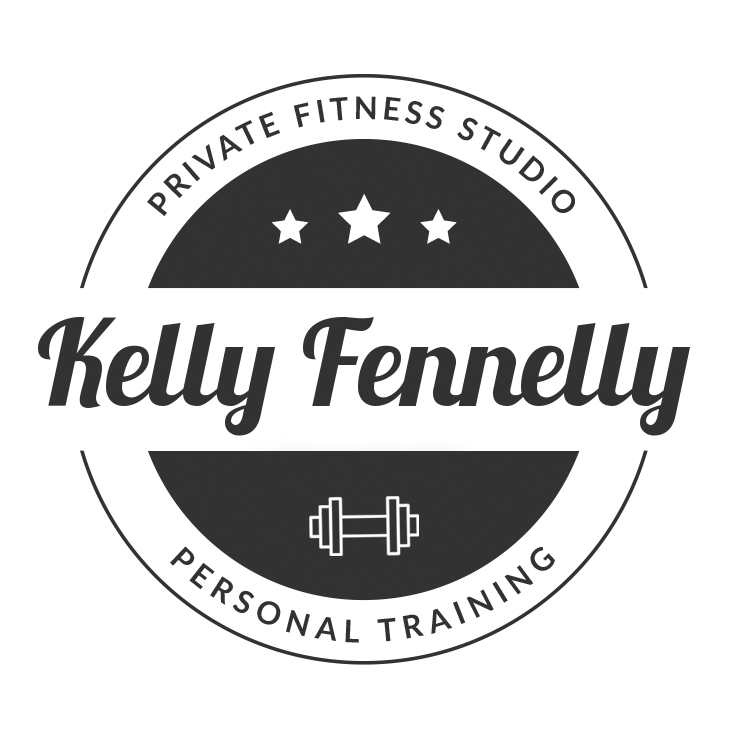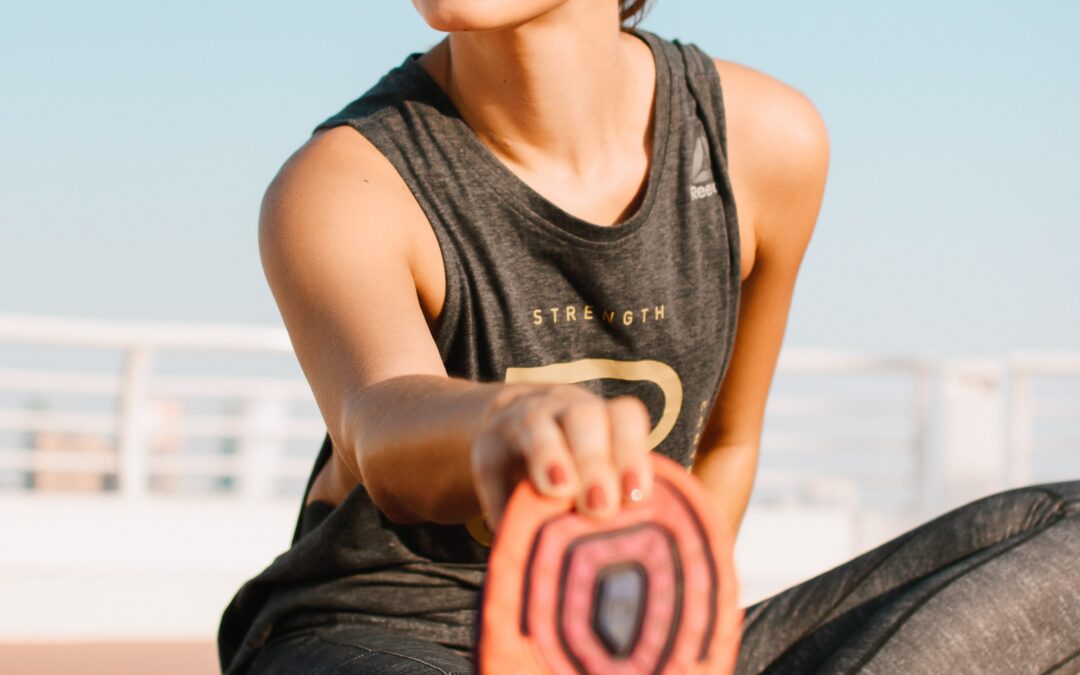As we age, we lose flexibility – especially if we’re not exercising. Staying in motion and flexible is key to a healthy, aging body. Stretching as you age is an essential part of any fitness equation because it keeps your muscles ready to move. If you’re older than 30, you’ve been losing flexibility an average of 1% a year. Read on to learn why this matters.
Lack of Flexibility:
Being inflexible doesn’t just age you, it can lead to health issues including balance problems which can cause falls, poor posture, limited range of motion, and tight muscles that contribute to back pain or difficulty performing simple tasks. As we grow older, it’s critical to be concerned about balance and flexibility to avoid potentially dangerous falls.
The American College of Sports Medicine (ACSM) recommends that “stretching activities be done at least two days per week. If you have lost some joint motion or feel stiff, range of motion or stretching activities should be done daily.”
ACSM recommends that a stretch should produce a slight pull on the muscle but not to the point of pain. With a static stretch, hold that position for 15-30 seconds, and each stretch should be repeated 3-5 times on each side of the body.
Stretches:
Here are four stretches ACSM* recommends. As always, you should consult your doctor before starting any type of activity.
- Hamstrings. Sit on the ground with legs straight in front of you. Gently lean forward from the hips (try to keep the back reasonably straight) until a stretch is felt on the back of the thighs.
- Hip flexors. Stand on one foot, and bring the other foot to the buttocks. Pull back gently, while keeping your knee pointed at the ground and your hip straight. If needed, hold onto a counter or chair to keep your balance.
- Calves. Step forward with one leg. Shift your weight toward the front leg while keeping the back heel on the ground. If you press the hip of your back leg forward, this will also help stretch the hip flexors.
- Chest muscles. Standing in a corner, bring hands up to shoulder height and place against the wall on either side. Keeping hands in position, lean body forward until a stretch is felt in the front of the chest. This can also be done using a doorway, turning away from the hand that is on the wall
*DIY: Improving Your Flexibility and Balance (Information from ACSM Fit Society, Winter 2012—Article written by Lynn Miller, PT, Ph.D., FACSM
Additional Senior Exercises:
Some exercises incorporate stretching and can help you stay fit as you age. Here are five activities to consider:
- Walking
- Water therapy
- Tai chi
- Pilates
- Yoga

